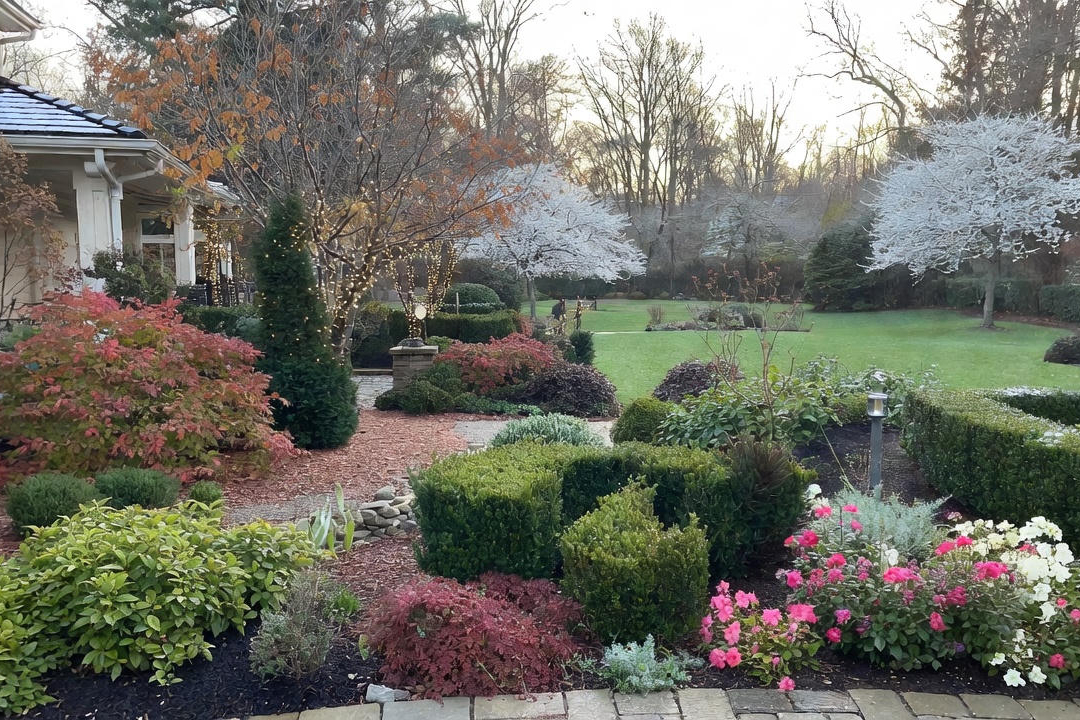
Soil preparation is important when considering the growth of a lawn. When planning to plant a new lawn, be sure to test the soil to find out its specific needs. Clear the planting area of debris, weed thoroughly, and roughly level existing soil to the proper grade. Add two inches of topsoil and one inch of a compost mixture rich in organic matter on top of the soil. Be sure to add additional soil amendments recommended based on your soil test, and then combine all of this in with existing soil, digging to a depth of six inches. Rake and level soil until the surface is smooth.

Seeding - Spread seed according to package directions, being sure to cross your drop spreader back and forth in multiple directions. Once planted, push a roller over the surface building a strong seed to soil contact. If seeding in early spring, it will be necessary to cover the seeds with straw to create light shade. Water the surface well several times a day until germination, but not so much that the water causes seed run-off. Do not fertilize the grass until the lawn has been well set and mowed more than once. Feed with an organic lawn fertilizer according to the label instructions.
Sodding – For best success, be sure to buy sod grown on a soil as nearly like yours as you are able to find. It should be dark green and moist to the touch. Moisten your already prepared soil and roll out the sod making sure that the ends are tightly squeezed against one another. Staggering the ends will help blend the sod into a natural-looking placement. Roll well to make sure there is a firm contact between soil and the bottom of the sod roll. Water well upon completion, then water daily after that until the soil has shown it is established. Feed with an organic lawn fertilizer according to the label instructions.

Thickening – Maintaining a lush green weed free lawn without the use of chemicals is made possible if you spread grass seed regularly over an existing lawn. By keeping a thick lawn you are preventing weed seeds from germinating and the existing grass is able to reach down deep for nutrients and water, increasing root depth and the likelihood of a stronger plant. It is best to do this seeding in the early fall. For thickening, spread three pounds of seed per 1,000 square feet.
Download iScape now and discover smart ways to place a thick beautiful lawn in your landscape. iScape it!




ds.jpg)
.jpg)
